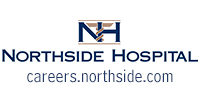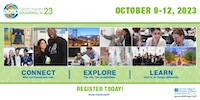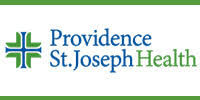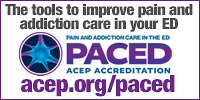- March 15,2018 | ISSN 1940-6967
- The National Association Of Medical Doctors
Featured Sponsors
Physician: Patient Satisfaction Scores Tied To Opioid Abuse
By Staff
An Oakland County doctor is examining ways to impact the opioid crisis in Michigan.
Giancarlo Zuliani of Zuliani Facial Aesthetics in Bloomfield Hills has a published article which examines the abuse of pain killers and focuses on the relationship between doctor and patient. He believes that relationship is ground zero in the battle against addiction.
“When people would be coming into the hospital they would be judged on how much pain control they have — and because pain was looked on as a fifth vital sign and what we saw it was a linear increase with the amount of pain medicines prescribed along with us measuring pain in the hospital and it’s gone, sort of, out of control from there,” says Dr. Zuliani.
He says it began in 2001 with the increase of physician and hospital reimbursements tied to patient satisfaction scores.
“Providers are actually worried about patient satisfaction surveys and one of the main ways we have tied satisfaction is decreasing pain.”
As an example of what happens with better communication between patient and doctor, he has reduced the amount of pills he prescribes post-rhinoplasty from 30 to 12.
“Approximately 75 percent of the people which we studied required less than 15 pills,” he said. “We uphold values and the Hippocratic oath … ‘first to do no harm,’ so if the patient necessarily doesn’t always correct in this setting despite the fact that they can be giving us negative scores.”
At that point he transitions his patients to a non-steroidal anti-inflammatory medicine like Tylenol.
COMMENTS
Articles in this issue:
- Report: Surgical Centers Killing Patients
- Residency Match Day Grows Again, Hitting New High This Year
- Physician: Patient Satisfaction Scores Tied To Opioid Abuse
- Canadian Doctors Protest Own Pay Raises
- Australia Could Become First Country To Eradicate Cervical Cancer
- Opioid-Induced Hyperalgesia: When The Painkiller Intensifies Pain
- CDC's Advice To Take Tamiflu Is Compromised By Financial Conflicts Of Interest
- Dentists Keep Dying Of This Lung Disease. The CDC Can't Figure Out Why.
Top Physician Opportunities
Journal of Medicine Sign Up
Get the Journal of Medicine delivered to your inbox.
In This Issue
- Report: Surgical Centers Killing Patients
- Residency Match Day Grows Again, Hitting New High This Year
- Physician: Patient Satisfaction Scores Tied To Opioid Abuse
- Canadian Doctors Protest Own Pay Raises
- Australia Could Become First Country To Eradicate Cervical Cancer
- Opioid-Induced Hyperalgesia: When The Painkiller Intensifies Pain
- CDC's Advice To Take Tamiflu Is Compromised By Financial Conflicts Of Interest
- Dentists Keep Dying Of This Lung Disease. The CDC Can't Figure Out Why.
Archives
Masthead
-
- Editor-in Chief:
- Theodore Massey
- Editor:
- Robert Sokonow
- Editorial Staff:
- Musaba Dekau
Lin Takahashi
Thomas Levine
Cynthia Casteneda Avina
Ronald Harvinger
Lisa Andonis
Leave a Comment
Please keep in mind that all comments are moderated. Please do not use a spam keyword or a domain as your name, or else it will be deleted. Let's have a personal and meaningful conversation instead. Thanks for your comments!
*This site is protected by reCAPTCHA and the Google Privacy Policy and Terms of Service apply.















Steven Rea, MD, FACEP
March 26, 2018 08:28 14In response to the opioid crises and ongoing allegations that OP/ER prescriptions are the root cause of the crises of addiction, I would like to address one more issue. It was about 2001 when CMS began to tie payment based on the 5th vital sign of pain management. After that, treatment pain control became a nursing issue. I personally observed with family members the ongoing full court press to prescribe narcotics even when the patient was almost comatose. If the patient was arousable enough to give an answer to the pain control number, then nursing would unilaterally decide to give more narcotic, without physician contact. This went on for days with many different nursing providers suggesting that patient satisfaction was truly tied to narcotic use and that nursing was driving the CMS imposed pain control picture. This is yet another scenario that I note as unaddressed in the search for medically driven narcotic addiction. Thank you.